talkingfashion
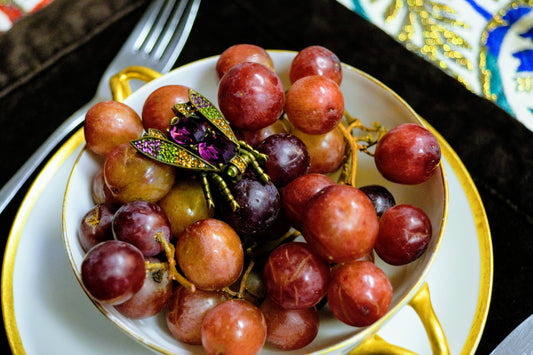
Creeping Into the World of Jewelry: The History...
Creeping Into the World of Jewelry: The History of Insect Motifs By Paige McKirahan Over time, we have observed designers and innovators create pieces of art and fashion that reflect...
Creeping Into the World of Jewelry: The History...
Creeping Into the World of Jewelry: The History of Insect Motifs By Paige McKirahan Over time, we have observed designers and innovators create pieces of art and fashion that reflect...
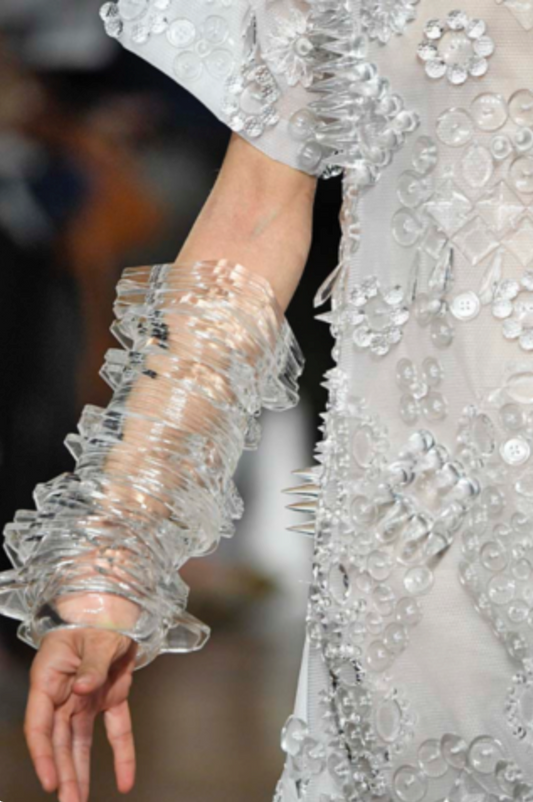
Paris Fashion Week SS’19 Accessories Trend Spot...
Paris Fashion Week SS’19 Accessories Trend Spotlight By Paige McKirahan Hello, fashion week aficionados! As a month of fabulous spring and summer fashion is finally coming to a close,...
Paris Fashion Week SS’19 Accessories Trend Spot...
Paris Fashion Week SS’19 Accessories Trend Spotlight By Paige McKirahan Hello, fashion week aficionados! As a month of fabulous spring and summer fashion is finally coming to a close,...
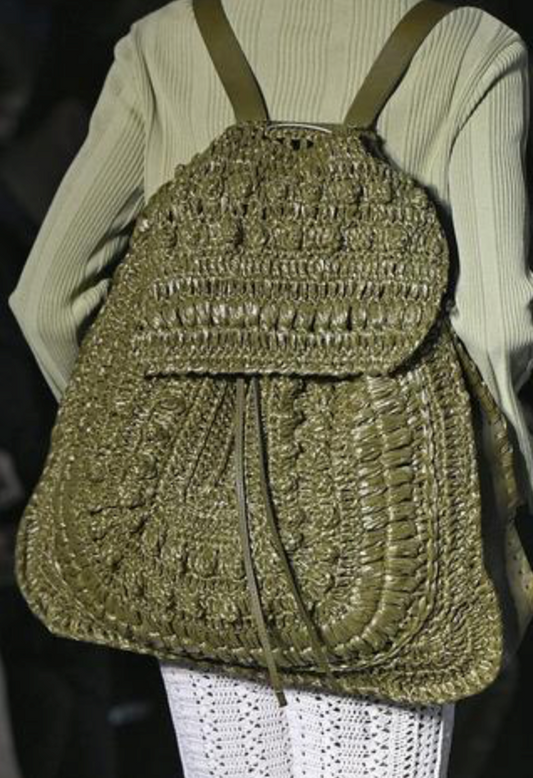
Milan Fashion Week SS’19 Accessories Trend Spot...
Milan Fashion Week SS’19 Accessories Trend Spotlight By Paige McKirahan Hello again, fashionistas! As Milan Fashion Week reached its conclusion on September 25th, we thought that we would reflect...
Milan Fashion Week SS’19 Accessories Trend Spot...
Milan Fashion Week SS’19 Accessories Trend Spotlight By Paige McKirahan Hello again, fashionistas! As Milan Fashion Week reached its conclusion on September 25th, we thought that we would reflect...
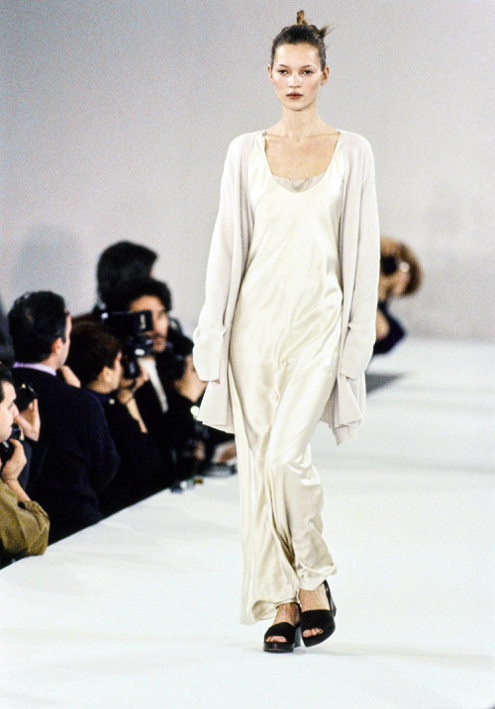
The 1990s: The Battle of Street Style and Minim...
The 1990s: The Battle of Street Style and Minimalism By Paige McKirahan Taking the crown as one of my favorite decades, the 1990s signified a transition from ‘80s garish...
The 1990s: The Battle of Street Style and Minim...
The 1990s: The Battle of Street Style and Minimalism By Paige McKirahan Taking the crown as one of my favorite decades, the 1990s signified a transition from ‘80s garish...
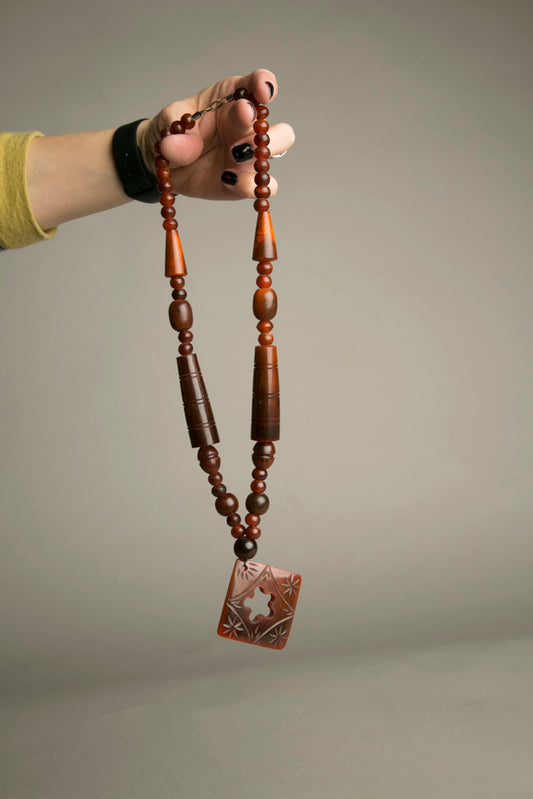
Celluloid, Bakelite, and Plastic: What Are They...
Celluloid, Bakelite, and Plastic: What Are They and How Are They Different? By Paige McKirahan You walk into Barney’s New York with the intention of accessorizing for a night...
Celluloid, Bakelite, and Plastic: What Are They...
Celluloid, Bakelite, and Plastic: What Are They and How Are They Different? By Paige McKirahan You walk into Barney’s New York with the intention of accessorizing for a night...
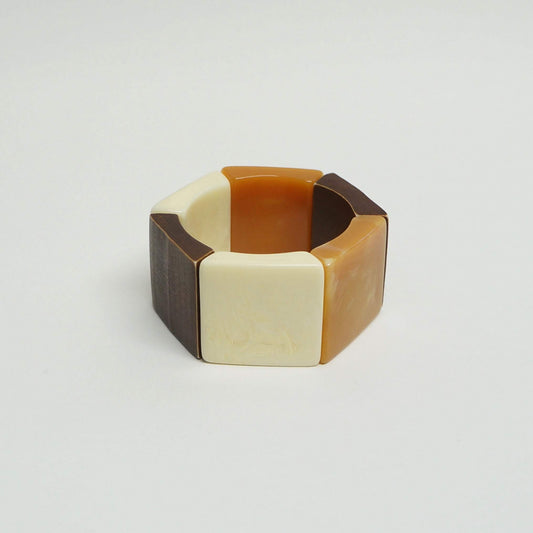
Are you a bangle collector?
A popular fashion accessory from the 1920s to the early 1940s, bangles are often made from unusual materials and have interesting features. They gained popularity again in the 70s &...
Are you a bangle collector?
A popular fashion accessory from the 1920s to the early 1940s, bangles are often made from unusual materials and have interesting features. They gained popularity again in the 70s &...